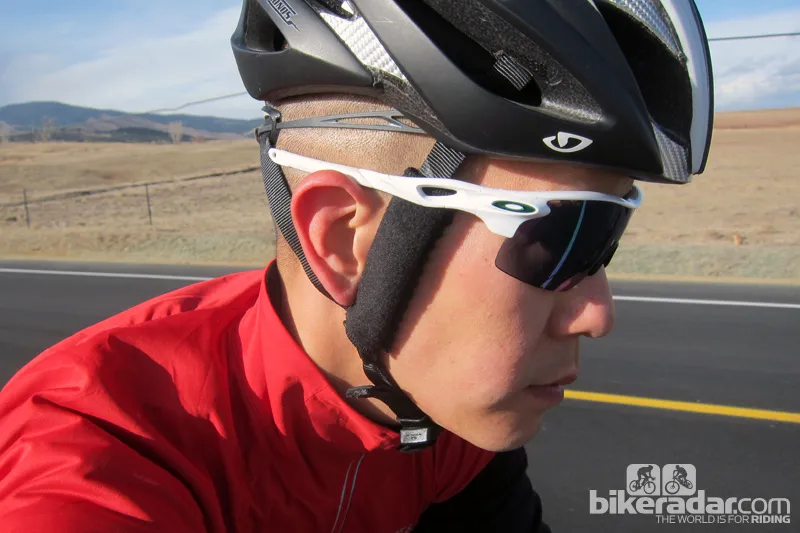Wind noise isn't something many cyclists think about, but rest your index finger in front of your ears during your next ride if you need a reminder of just how much of the surrounding world you're missing.
Several companies have tried to turn down the volume in the past and Colorado-based Cat-Ears is among the latest to tackle the issue – and seemingly effectively, too.
All of Cat-Ears' variants attach to conventional helmet straps and divert air outward past your ears, to reduce wind noise, or cover them completely for added warmth. Prices range from US$8-15.
Company founders and casual cyclists Rick Weissner and Heidi Helene told BikeRadar that their design was inspired by the tufts of hair that partially cover the ear canals of common house cats. After multiple trials with various synthetic fur and polar fleece materials, the pair eventually settled on an eight-model collection for both adults and children.
We rode several Cat-Ears models and, despite some initial skepticism, the concept seems valid and the effect on wind noise is undeniable. It isn't completely suppressed – especially at downhill speeds in excess of 50kmh (31mph) – but the more generously proportioned models decreased the din by a surprising amount.
We also found the less visually obtrusive Strap Wraps model impressively effective at lower speeds, such as those of a typical commute where the ability to hear approaching traffic can be critical.

The Cat-Ears Strap Wraps are less visually obtrusive
"It doesn't get rid of all of the noise," said Weissner. "It cuts down on most of the heavy buffeting." And Cat-Ears backs its claims with real-world trials using a microphone attached at a rider's ear.
Weissner and Helene say they haven't received any negative comments from buyers with regards to Cat-Ears' rather unique appearance, but we got more than our fair share of Elvis Presley jokes during our own test sessions.
According to Weissner, the wide variability in how riders wear their helmet straps presents a design challenge in terms of trimming down Cat-Ears' current size and appearance. He and Helene have successfully tested smaller variants than the one currently offered but they require precise positioning to be effective.
"When you have a loose strap to begin with, it tends to funnel the air and pull it toward your ear," he said. "If you have it in the exact right spot, it could maybe be two-thirds the current size."
Nevertheless, we'd still like to see the design further refined, as the current models have a decidedly homemade look and feel to them. That will likely have to improve in order for them to gain widespread acceptance.
The ability to hear what's going on around you doesn't just benefit casual riders – racers would be more able to hear attacks from behind, for example – and if Weissner and Helene can improve the look, we dare say we might start seeing a few more of these around.
For more information see the Cat-Ears website.
